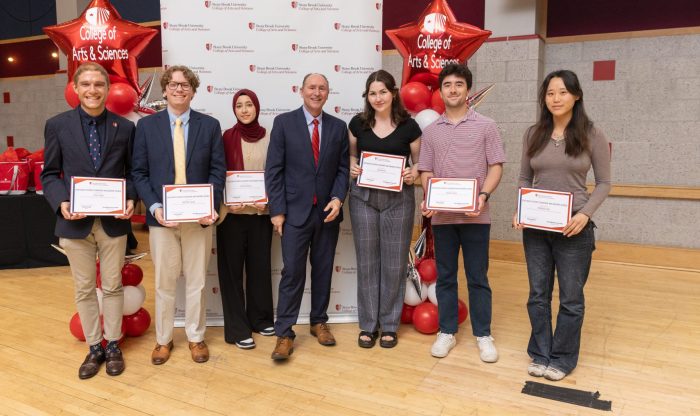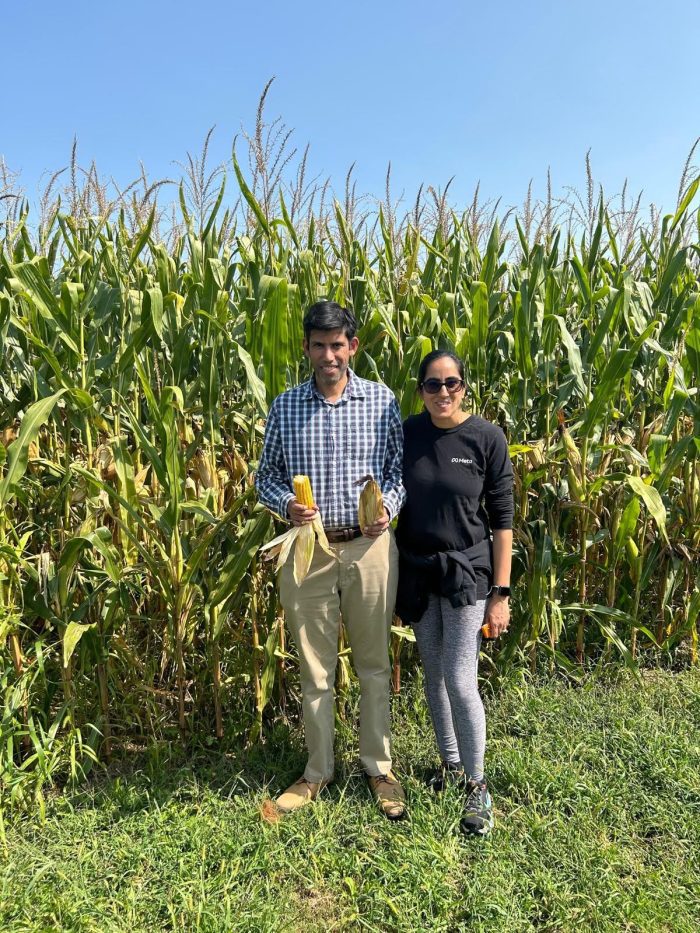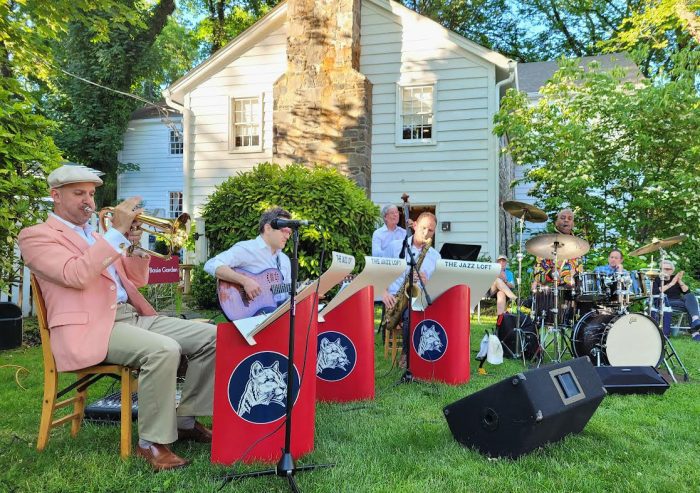For the estimated 1.6 million Americans diagnosed with symptomatic tricuspid valve regurgitation each year, a significant advancement in treatment is now available on Long Island. With the launch of the new Transcatheter Tricuspid Valve Replacement (TTVR) Program at the Stony Brook Heart Institute (SBHI), patients at Stony Brook Medicine have access to groundbreaking, minimally invasive therapies.
The heart has four valves — aortic, mitral, pulmonary and tricuspid — that control the direction of blood flow. In tricuspid regurgitation (TR), the tricuspid valve’s flaps do not close tightly, allowing blood to leak backward in the heart. Mild cases may cause no symptoms, but others suffer from fatigue, pulsing neck veins, fluid buildup in the abdomen and legs, and irregular, sometimes dangerous, heartbeats. If left untreated, individuals with severe TR can experience heart failure, blood clots, stroke and other organ damage.
In the hands of Stony Brook’s tricuspid valve specialists, the FDA-approved TriClip™ device offers a revolutionary treatment option. Performed under general anesthesia and guided by advanced imaging, the procedure involves placing a catheter through a vein to the heart, where the TriClip™ is precisely placed to bring valve flaps together, reducing backward blood flow. Because the procedure is minimally invasive and avoids open-heart surgery, most patients are up and walking within hours, discharged in one to two days, and back to their regular lives in about a week. Clinical trials published in The New England Journal of Medicine demonstrated that TriClip ™ placement resulted in 87% of patients experiencing a significant reduction in tricuspid regurgitation, compared to less than 5% with medication use alone.
Ahmad Alkhalil, MD, MSc, Director of the Mitral and Tricuspid Interventions at Stony Brook Heart Institute, who performed SBHI’s first TTVR procedure noted, “The tricuspid valve was formerly known as ‘the forgotten valve’ because surgical approaches were too risky and no other treatments were effective for the majority of patients. With our full range of minimally invasive therapies, including tricuspid transcatheter edge-to-edge repair (TEER) and tricuspid transcatheter valve replacement (TTVR), we are proud to be a leader in providing new options for patients on Long Island.”
“We are proud to be at the forefront of bringing new treatment options for symptomatic tricuspid regurgitation,” says Allison McLarty, MD, Interim Chief, Cardiothoracic Surgery, Stony Brook Heart Institute and Professor of Surgery, Renaissance School of Medicine at Stony Brook University. “Our skilled and dedicated physicians are continuously exploring new and innovative approaches to improve outcomes and the patient experience of people with valve disease.”
“Effective treatment begins with a precise diagnosis. Patients at Stony Brook Heart Institute benefit from a full suite of advanced imaging technologies, including 3D transthoracic and transesophageal echocardiography (TTE and TEE), cardiac MRI, CT angiography, nuclear stress testing and carotid ultrasound. These tools allow SBHI’s specialists to map each patient’s unique valve anatomy and tailor treatment to their needs,” added Smadar Kort, MD, Co-Director of the Valve Program and the Director of Non-Invasive Imaging at Stony Brook Heart Institute. “With multiple advanced imaging and procedural locations across Suffolk County, including Stony Brook, Commack and Riverhead, the Heart Institute ensures patients receive top-tier care close to home.”
“At the core of Stony Brook Heart Institute’s TTVR program is a multidisciplinary team of interventional cardiologists, cardiac surgeons, imaging specialists and advance practice practitioners who collaborate closely to ensure every patient receives seamless, compassionate care,” says Hal Skopicki, MD, PhD, Co-Director of Stony Brook Heart Institute and the Ambassador Charles A. Gargano Chair of Cardiology, Renaissance School of Medicine at Stony Brook University. “As an academic medical center actively participating in national and international clinical trials, we provide patients with access to emerging valve devices and interventions not yet widely available — offering many the opportunity to avoid open-heart surgery and benefit from the most cutting-edge, patient-centered cardiovascular care available today.”
To contact the Stony Brook Heart Institute, call 631-44HEART or visit heart.stonybrookmedicine.edu.
About Stony Brook Heart Institute:
Stony Brook Heart Institute is located within Stony Brook University Hospital as part of Long Island’s premier university-based medical center. The Heart Institute offers a comprehensive, multidisciplinary program for the prevention, diagnosis and treatment of cardiovascular disease. The staff includes full-time and community-based, board-certified cardiologists and cardiothoracic surgeons, as well as specially trained anesthesiologists, nurses, advanced practice practitioners, respiratory therapists, surgical technologists, perfusionists, and other support staff. Their combined expertise provides state-of-the-art interventional and surgical capabilities in 24-hour cardiac catheterization labs and surgical suites. And while the Heart Institute clinical staff offers the latest advances in medicine, its physician-scientists are also actively enhancing knowledge of the heart and blood vessels through basic biomedical studies and clinical research.




















